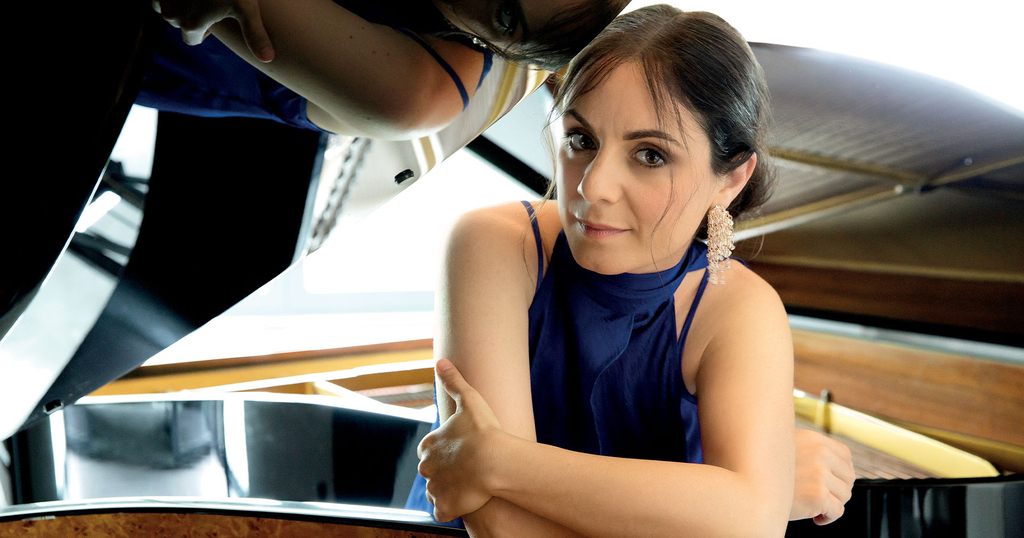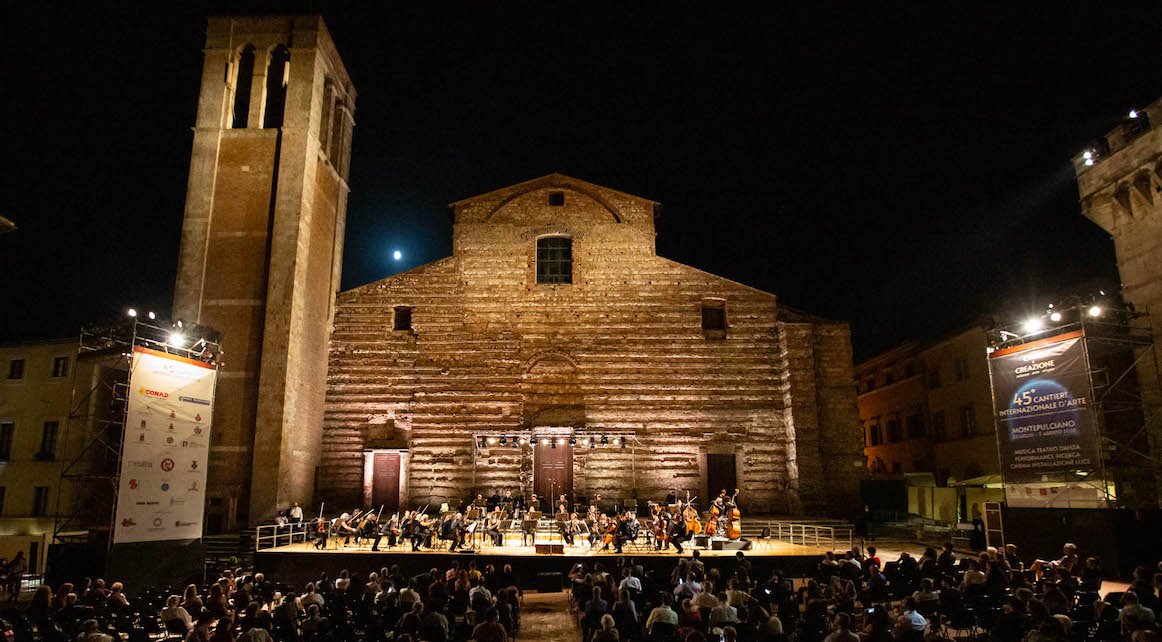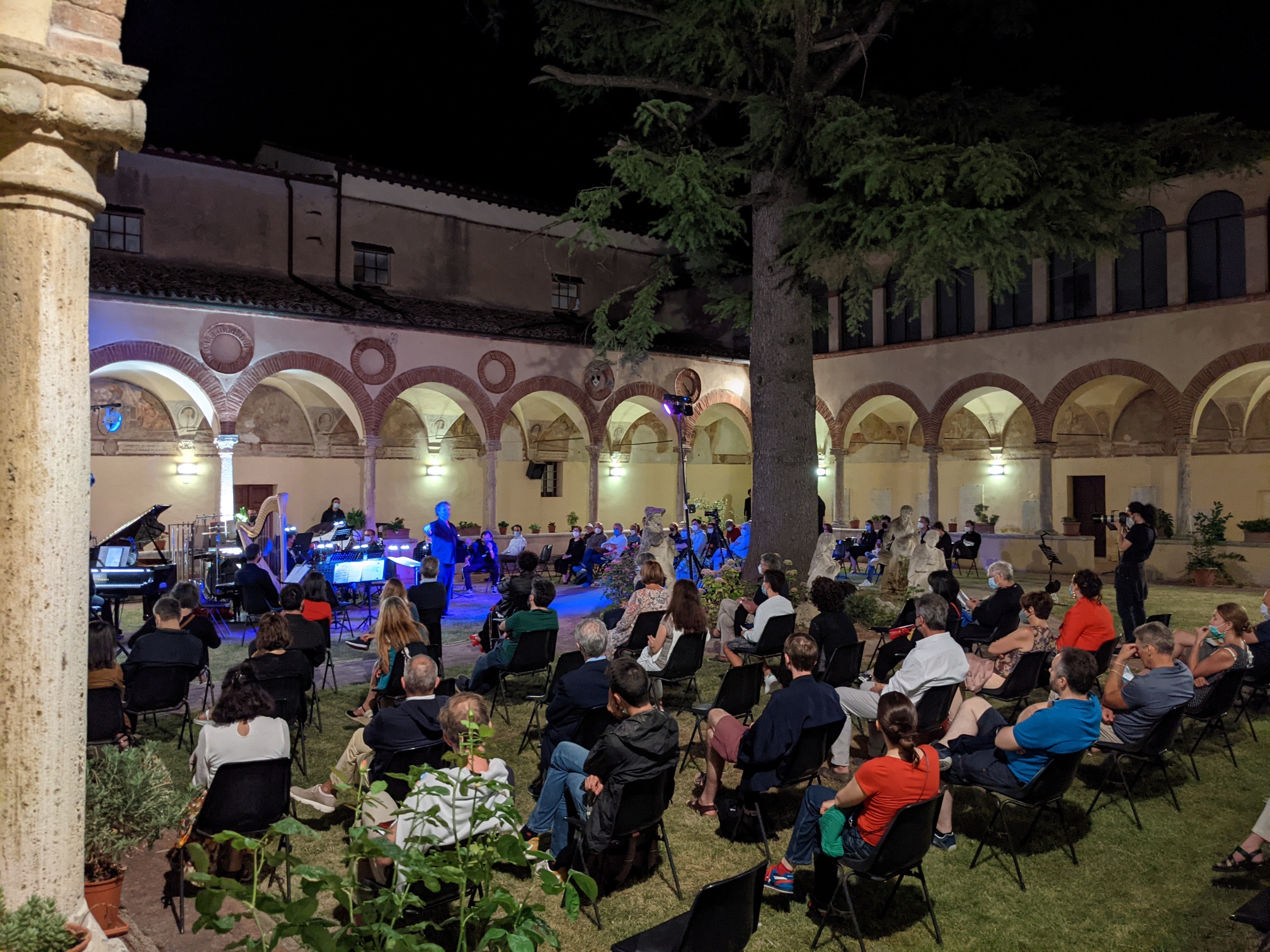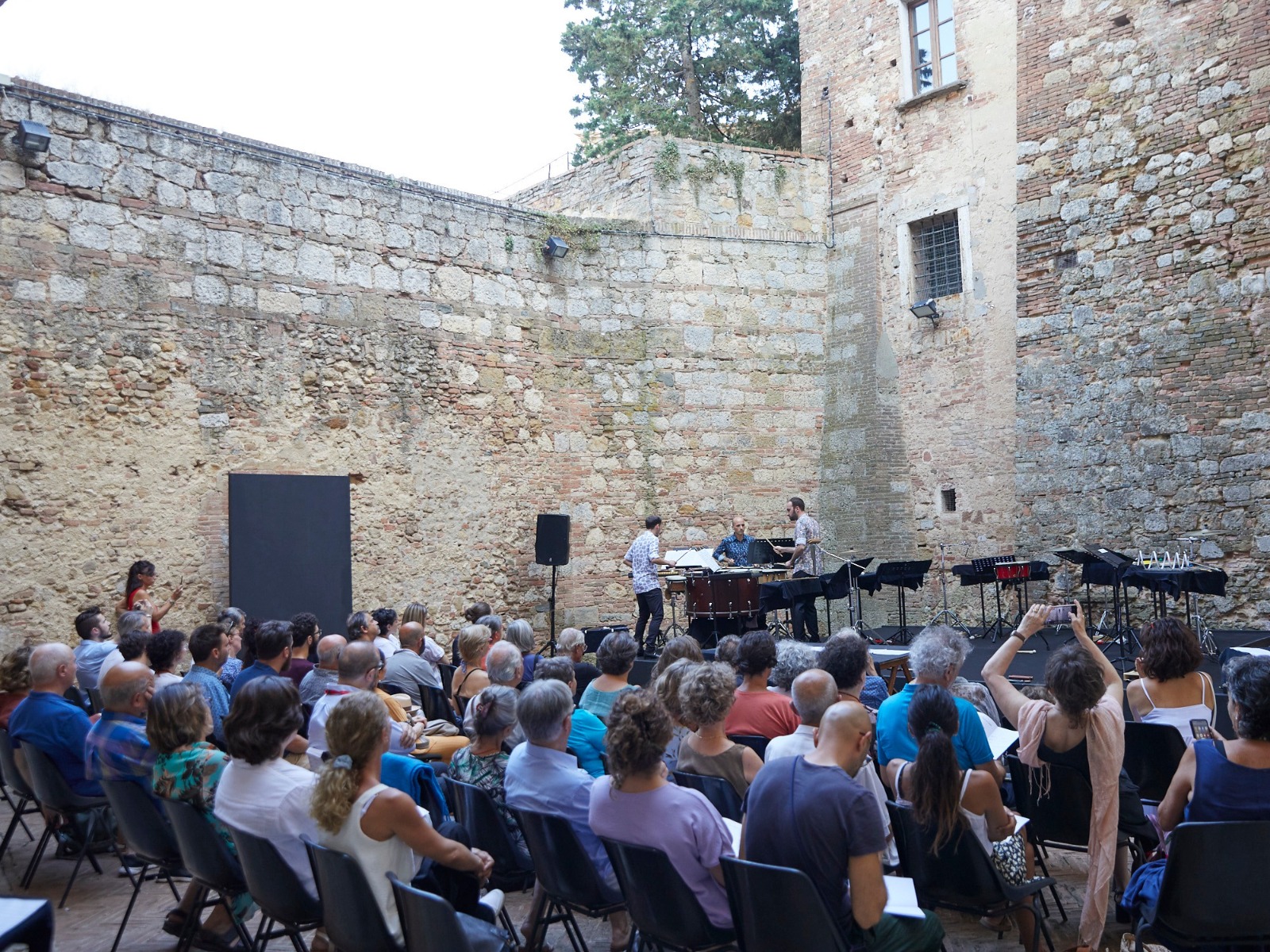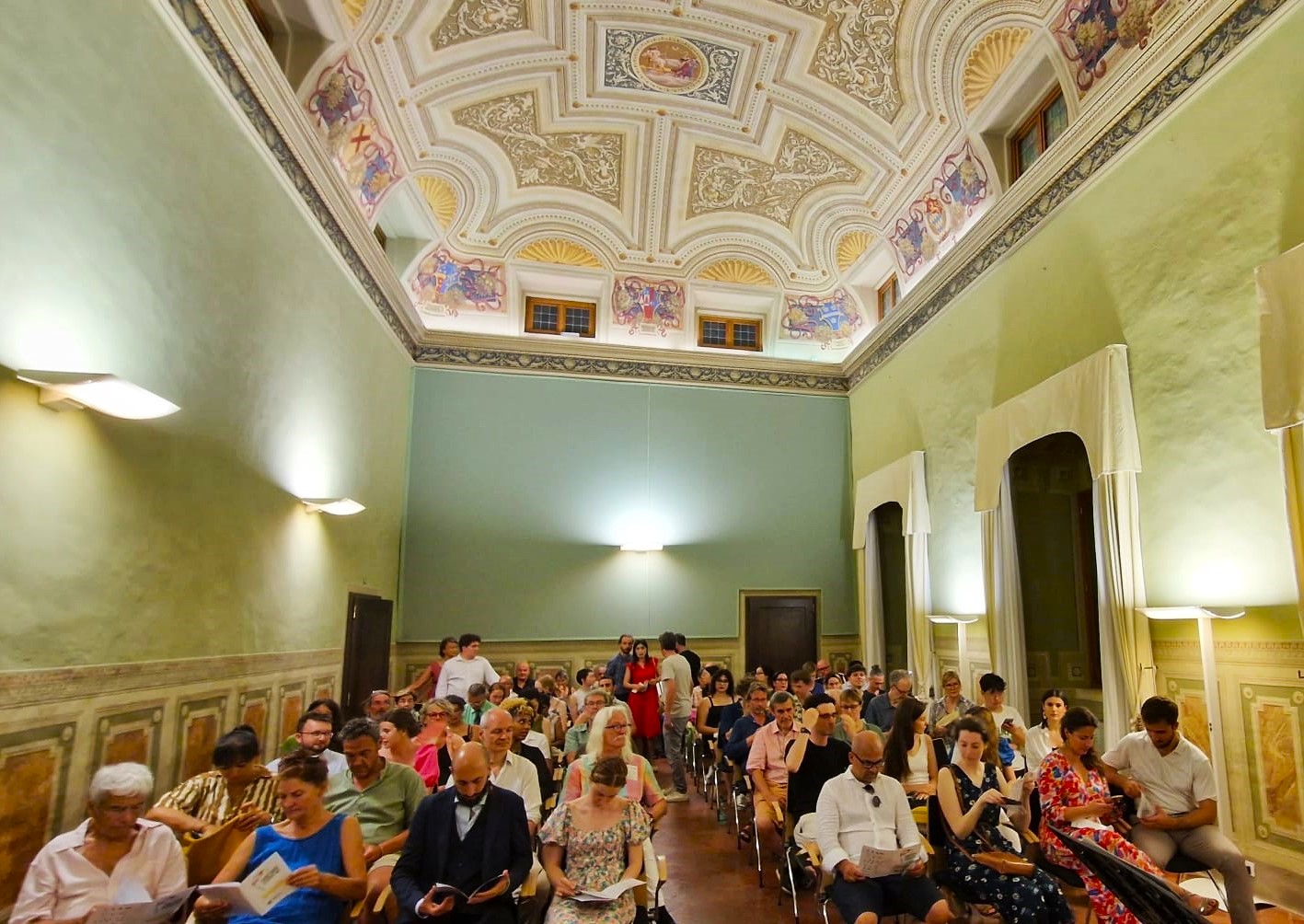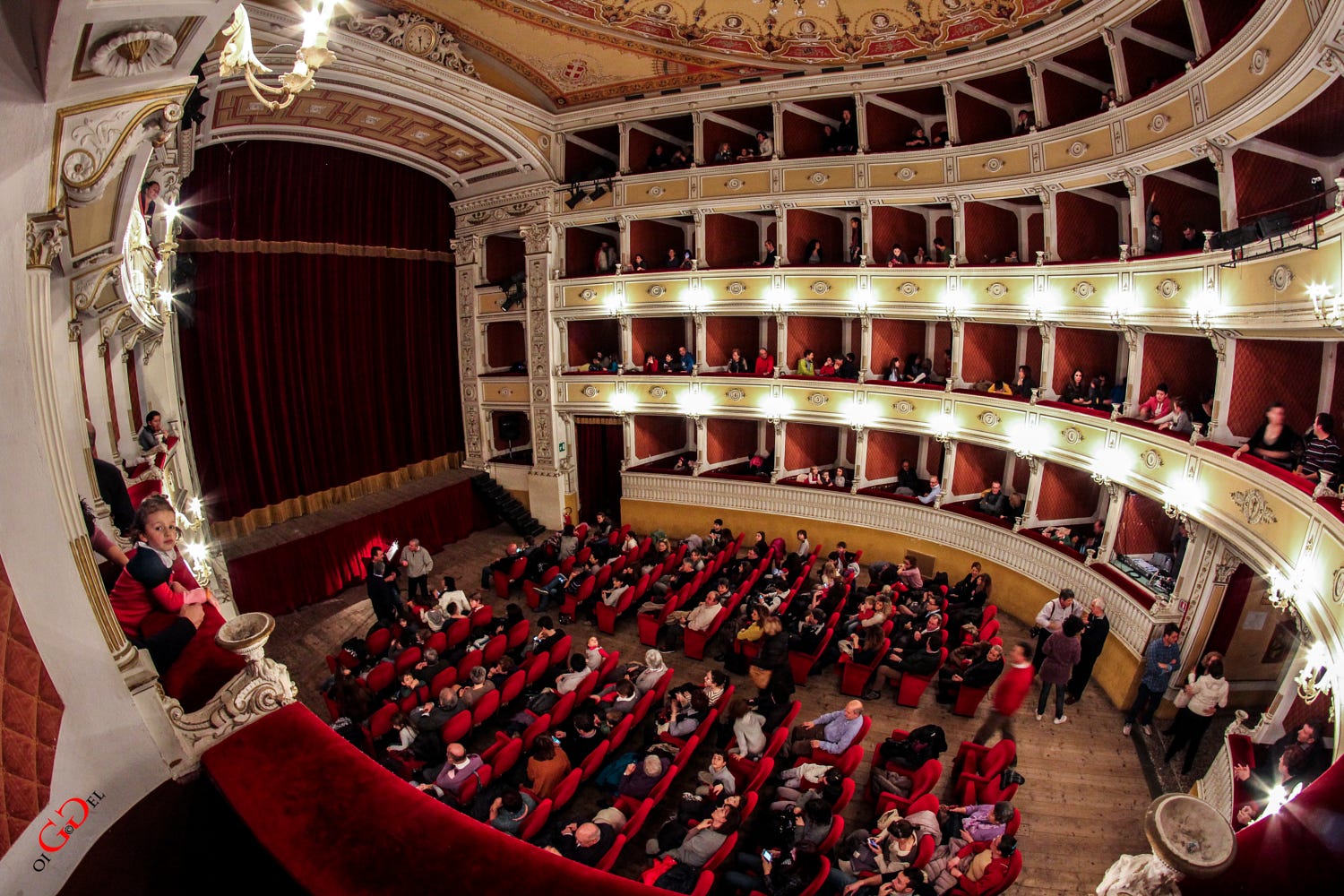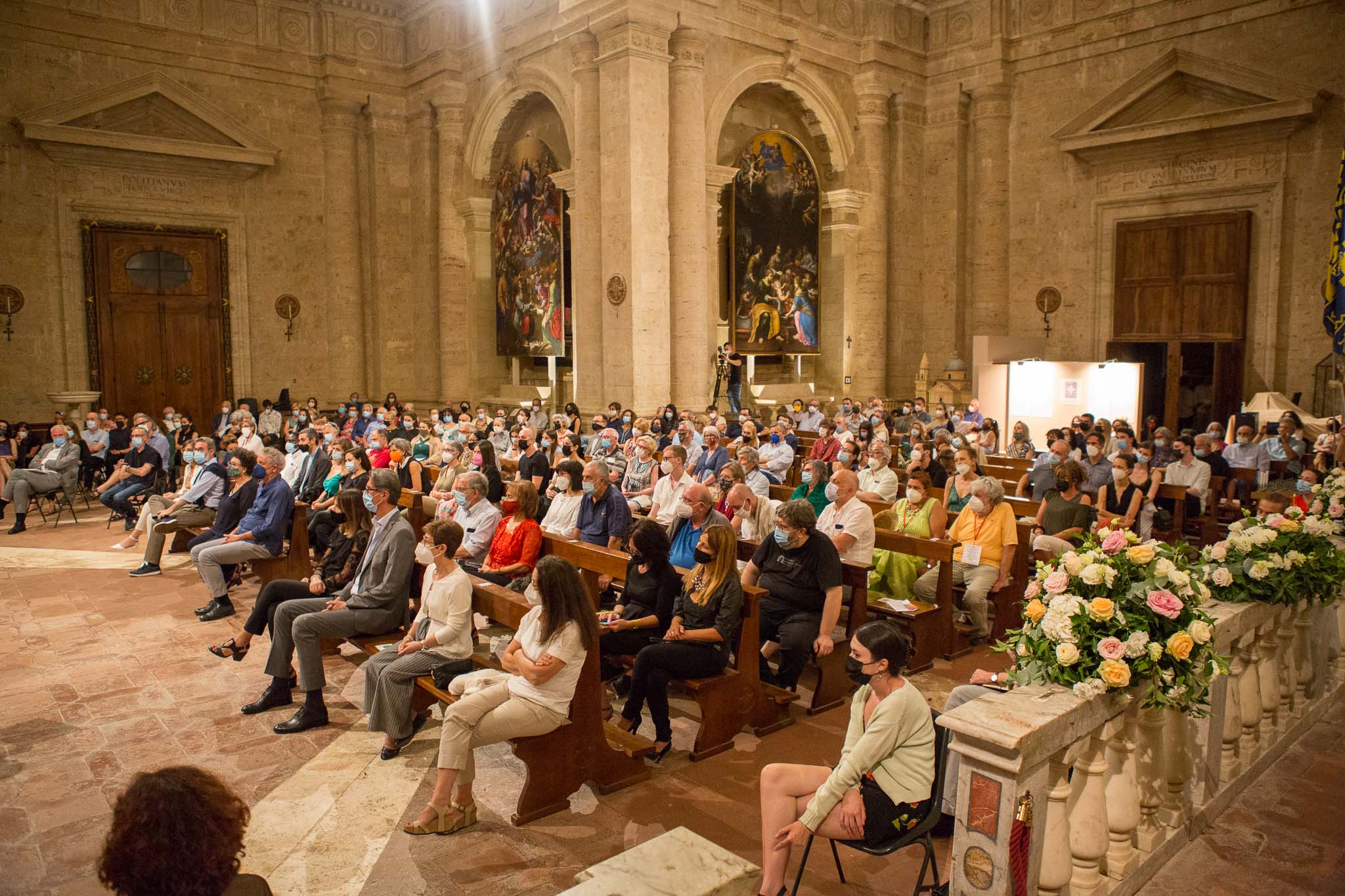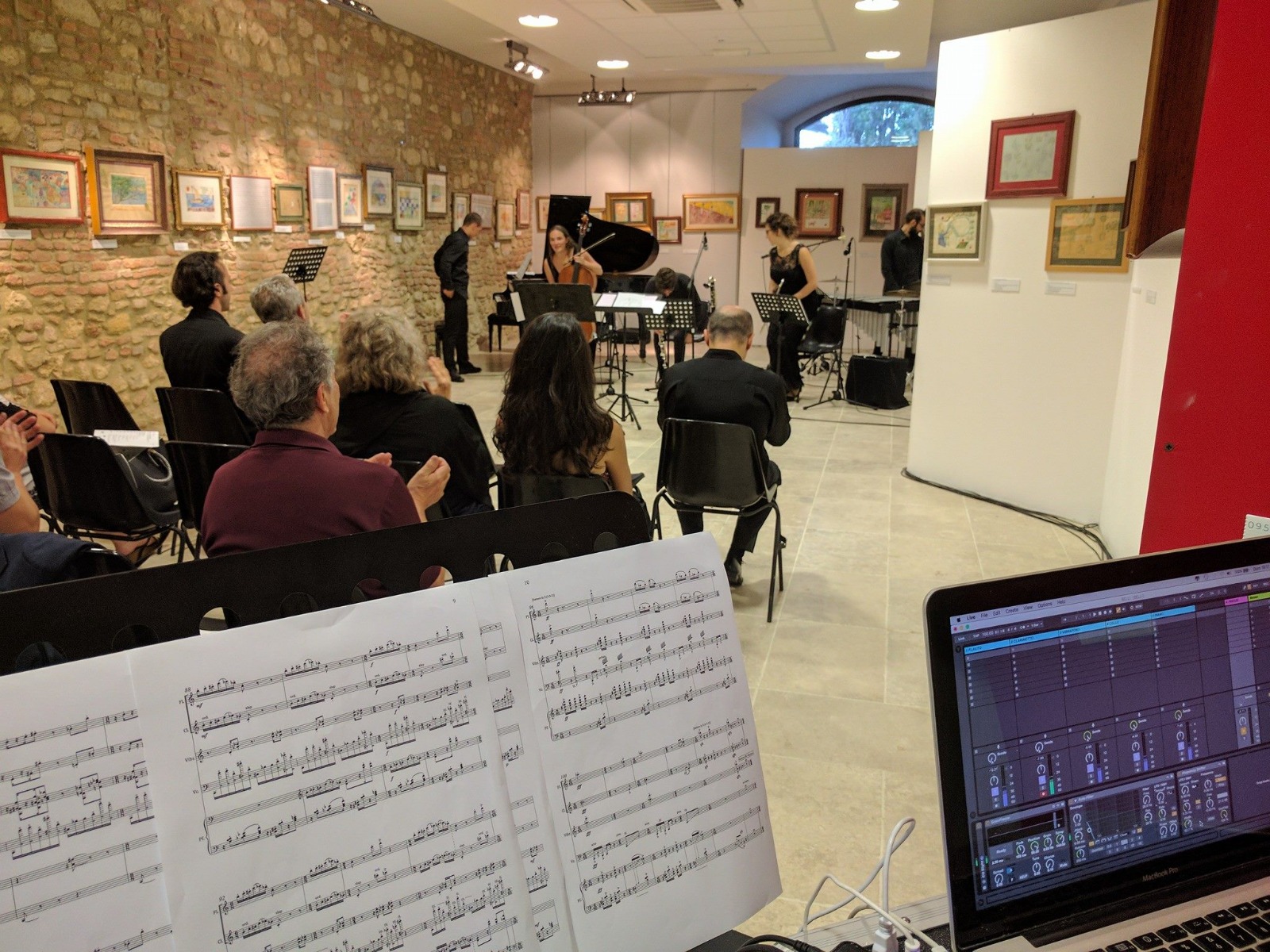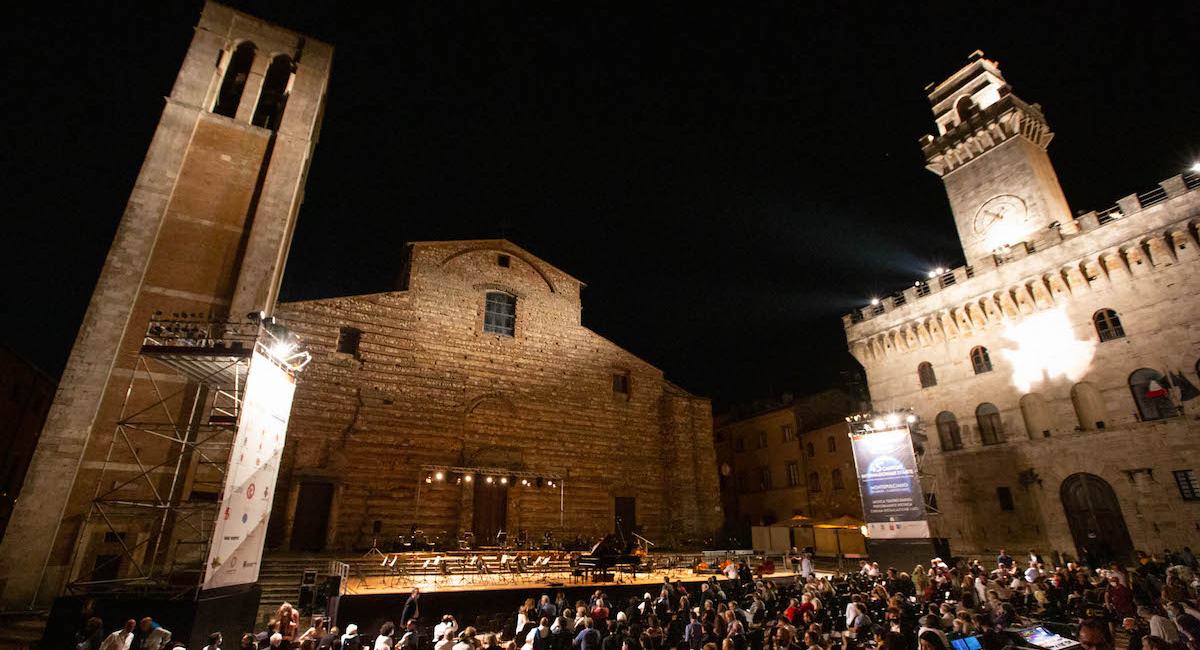CONCERTO DI APERTURA: Alexander Lonquich e l'Orchestra della Toscana al Cantiere
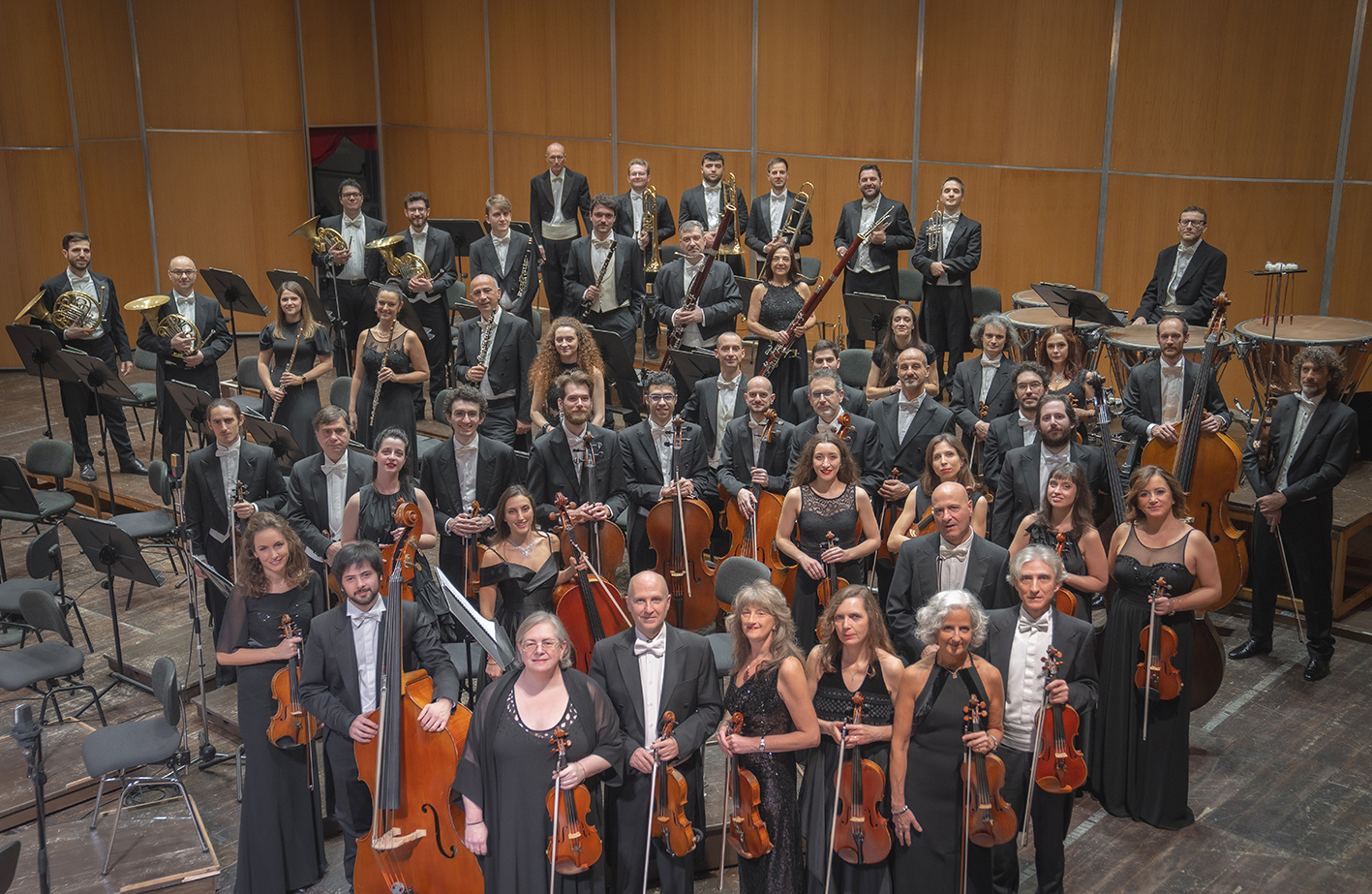
ORCHESTRA DELLA TOSCANA
Angela Tempestini
violino
Alexander Lonquich
direttore
VENERDÌ 12 LUGLIO
ORE 21:30
Franz Schubert
(1797 - 1828)
Sinfonia n. 6 in do maggiore "Die Kleine" D. 589
Adagio. Allegro
Andante
Scherzo: Presto. Più lento
Allegro moderato
Felix Mendelssohn - Bartholdy
(1809 - 1847)
Concerto per violino in mi minore op. 64
Allegro molto appassionato
Andante
Allegretto non troppo. Allegro molto vivace
CONCERTO DI APERTURA
Il Cantiere Internazionale d'Arte inaugura l'edizione numero 49 con la presenza dell'Orchestra della Toscana, con la quale si rinnova una fruttuosa e lunga collaborazione. Sul podio Alexander Lonquich e solista la giovanissima violinista Angela Tempestini, nomi che annunciano una nuova ulteriore partnership con la Scuola di Musica di Fiesole, che rafforza una delle priorità del Cantiere di Montepulciano, ovvero il sostegno ai giovani ed alla didattica.
La serata si apre con la Sinfonia n. 6 in do maggiore “Die Kleine” D. 589 di Franz Schubert. Ultima opera appartenente alla produzione sinfonica giovanile di Franz Schubert, la Sinfonia n. 6 rappresenta l’inizio del processo di transizione alla fase compositiva matura. Composta tra l’ottobre del 1817 e il febbraio del 1818 da Schubert appena ventunenne, inizialmente non fu pensata dall’autore per la rappresentazione pubblica, come tutte le sue prime sinfonie. E infatti la prima esecuzione della sinfonia risale a più di dieci anni più tardi, il 14 dicembre 1828, in occasione di un concerto commemorativo della morte dell’autore. Conosciuta con l’appellativo di “Die Kleine”, la Piccola, per distinguerla da La Grande sinfonia, sempre nella tonalità di do maggiore, nella scrittura della sesta sinfonia confluiscono elementi ed influenze differenti: da una parte si avvertono ancora chiari i prototipi della sinfonia schematizzati dal classicismo di Haydn e di Mozart, dai quali il giovane Schubert cerca di allontanarsi, ma dei quali si sente ancora un’inevitabile eco nelle sue prime sinfonie. Dall’altra, come tutti i compositori della sua generazione, sente pesante l’eredità lasciata da Ludwig Van Beethoven e dall’apice che la sua produzione sinfonica aveva fatto raggiungere al genere. A queste due istanze si aggiungono anche le prime influenze che la scrittura sinfonica e orchestrale di Gioacchino Rossini avrà sul compositore viennese. La semplicità della sesta sinfonia e la sua atmosfera intima nascondono quindi una complessa rete di riferimenti e suggestioni.
La seconda parte della serata vedrà l’esecuzione del Concerto per violino in mi minore op. 64 di Felix Mendelssohn - Bartholdy. Concerto romantico, considerato un caposaldo del repertorio per violino solista, l’opera ebbe una lunga gestazione. Il compositore cominciò a pensare all’idea di scrivere un concerto per Ferdinand David, violinista e caro amico di Mendelssohn, nell’estate del 1838. La composizione terminerà solo nel settembre di sei anni più tardi, nel 1844, durante un periodo di convalescenza del compositore di Amburgo, e verrà eseguito per la prima volta a Lipsia il 13 marzo del 1845. La composizione è caratterizzata da un giusto e raffinato equilibrio tra il virtuosismo della parte solistica e il rigore e la chiarezza della scrittura orchestrale. Gli aspetti lirici della scrittura di Mendelssohn, velati dalla caratteristica vena malinconica, emergono nelle melodie che percorrono i tre movimenti del concerto, soprattuto nel celebre tema del primo movimento. (Myriam Bizzarri)
OPENING CONCERT
The Cantiere Internazionale d'Arte inaugurates the 49th edition with the presence of the Orchestra della Toscana, with which a fruitful and long-standing collaboration is renewed. On the podium Alexander Lonquich and soloist the very young violinist Angela Tempestini, names that announce a further new partnership with the Fiesole School of Music, which strengthens one of the priorities of the Montepulciano Cantiere, namely support for young people and teaching.
The evening opens with Symphony no. 6 in C major “Die Kleine” D. 589 by Franz Schubert. The last work belonging to Franz Schubert's youthful symphonic production, Symphony no. 6 represents the beginning of the transition process to the compositional maturation phase. Composed between October 1817 and February 1818 by Schubert when he was just twenty-one, it was not initially intended by the author for public performance, like all his first symphonies. And in fact the first performance of the symphony took place to more than ten years later, on 14 December 1828, on the occasion of a concert commemorating the composer's death. Known by the nickname "Die Kleine", the Little, to distinguish it from the Great Symphony, again in the key of C major, different elements and influences converge in the writing of the sixth symphony: on the one hand, the prototypes of the symphony are still clearly evident schematised by the classicism of Haydn and Mozart, from which the young Schubert tried to distance himself, but of which an inevitable echo can still be heard in his first symphonies. On the other hand, like all composers of his generation, he feels the heavy legacy left by Ludwig Van Beethoven and the pinnacle that his symphonic production had brought the genre to. Added to these two instances are also the first influences that Gioacchino Rossini's symphonic and orchestral writing would have on the Viennese composer. The simplicity of the sixth symphony and its intimate atmosphere therefore hide a complex network of references and suggestions.
The second part of the evening will see the performance of the Violin Concerto in E minor op. 64 by Felix Mendelssohn-Bartholdy. A romantic concerto, considered a cornerstone of the solo violin repertoire, the work had a long gestation. The composer began to think about the idea of writing a concerto for Ferdinand David, violinist and close friend of Mendelssohn, in the summer of 1838. The composition was completed only in September six years later, in 1844, during a period of convalescence of the composer from Hamburg, and was performed for the first time in Leipzig on 13 March 1845. The composition is characterised by a correct and refined balance between the virtuosity of the solo part and the rigor and clarity of the orchestral writing. The lyrical aspects of Mendelssohn's writing, veiled by the characteristic melancholic vein, emerge in the melodies that run through the three movements of the concerto, especially in the famous theme of the first movement. (Myriam Bizzarri)
 Sostieni i progetti
Sostieni i progetti Amministrazione Trasparente
Amministrazione Trasparente Contatti
Contatti
